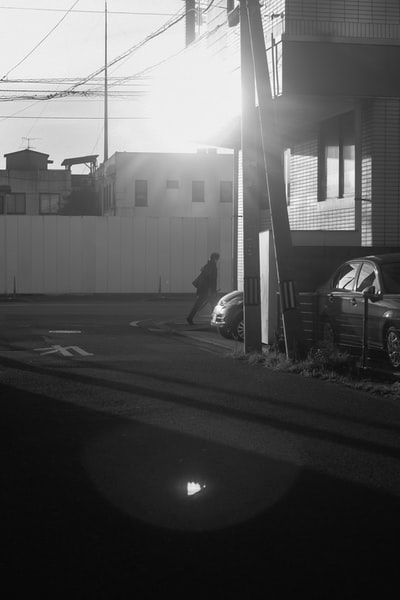
All vibrating objects produce sound waves. These travel through the air and when they vibrate your eardrums you hear the sound.
- Sound waves are unable to travel through a vacuum. They are longitudinal waves (unlike electromagnetic waves which are transverse).
Sound can be reflected to create an echo. An echo can be created when sound waves reflect off bare, smooth walls in a room. If the walls are covered in fabric, however, then the sound is absorbed. If the walls are uneven then the sound is broken up and no echo is produced.

- In the day the air closer to the ground is warmer so sound waves refract back to the ground.
- At night the air closer to the ground is cooler so sound waves refract upwards. This means you can hear the sound far from the source.
Musical instruments can be used to make pleasant sounds. Music is rhythmic and the wave pattern produced is repetitive.
If someone doesn’t know how to play the instrument then they just create noise: the sound produced varies in frequency and has no pattern.
- When the sound produced increases in loudness, the amplitude increases.
- When the pitch of the sound increases the frequency of sound waves increases.